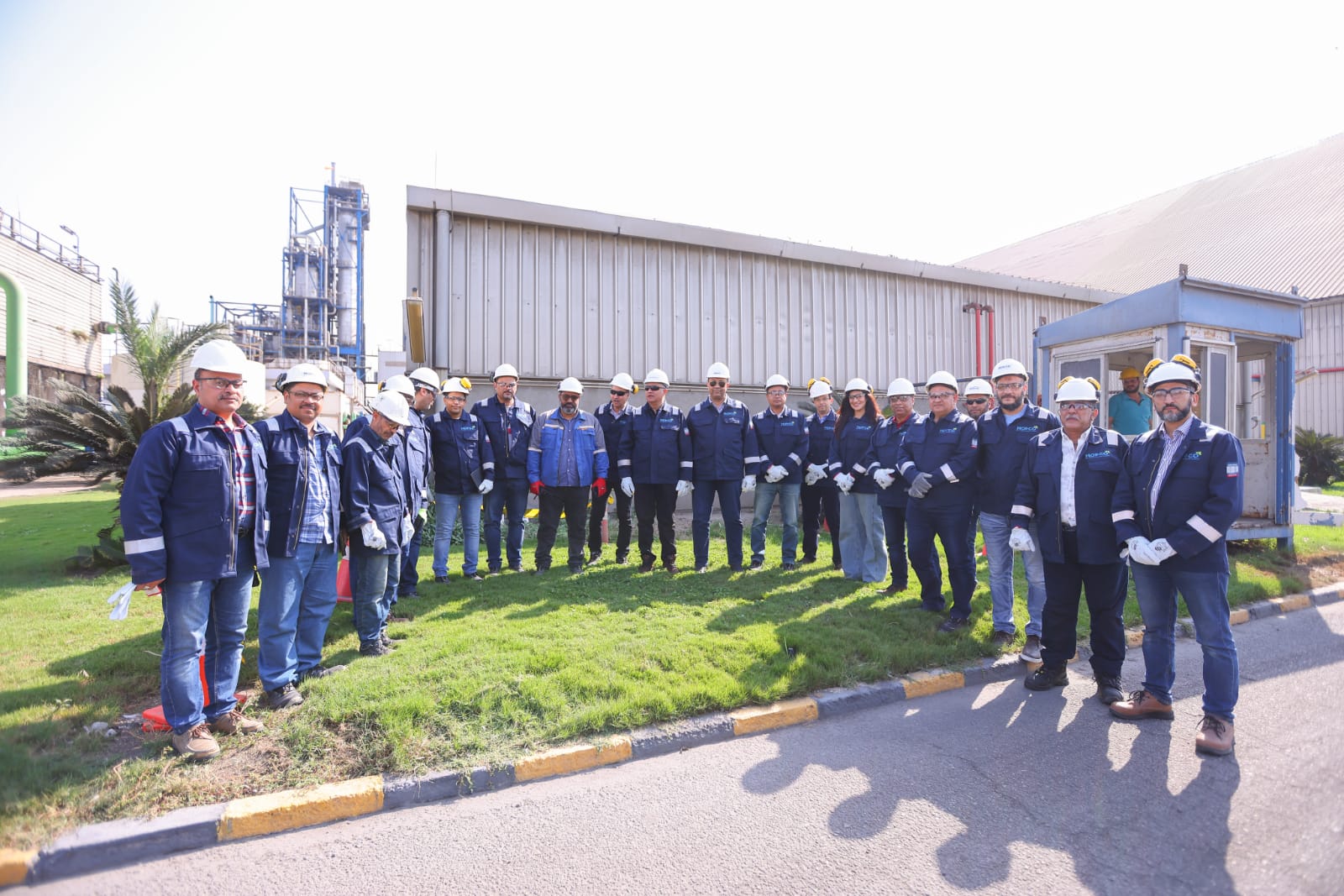News

First Undersecretary of the Ministry of Petroleum Inspects MOPCO Complex in Damietta
6 days agoAs part of the Ministry of Petroleum and Mineral Resources’ commitment to promoting a culture of occupational safety, health, and process safety as one of its strategic pillars, Eng. Yas Mohamed, First Undersecretary of the Ministry and Supervisor of Environment, Occupational Safety and Health, Energy Efficiency, and Climate Affairs, conducted an inspection visit to Misr Fertilizers Production Company (MOPCO) in Damietta Governorate.
He was accompanied by Eng. Mohamed Mostafa, General Manager of Safety and Environmental Protection at the Egyptian Petrochemicals Holding Company (ECHEM), to follow up on the company’s safety measures and its readiness to handle emergency situations and safeguard workers’ wellbeing.
The visit included a review of the latest developments in MOPCO’s green production projects, notably the Carbon Capture and Utilization (CCU) project, which aims to capture and reuse 140,000 tons of carbon emissions annually to increase urea fertilizer production. The delegation also reviewed the progress of the Green Ammonia Production Project, being implemented in cooperation with Scatec, to produce 150,000 tons annually using renewable energy and green hydrogen — in line with Egypt’s national efforts toward sustainability and clean energy.
The delegation toured the ammonia and urea production units to monitor operational procedures and the application of occupational safety and health standards. They also visited the main control center, which is equipped with advanced digital systems for monitoring all production units, managing operational processes, and overseeing alarm and safety systems — all contributing to improved efficiency and rapid emergency response.
In addition, the delegation inspected the company’s chemical laboratories, which are certified under ISO/IEC 17025 for the competence and reliability of testing and calibration results — supporting product quality assurance and reflecting the company’s leadership in implementing quality systems in the petrochemical sector.
During the visit, a field simulation exercise was carried out by the company’s Emergency and Rescue Team to simulate an ammonia gas leak incident, aiming to evaluate the efficiency of emergency systems and the response speed of the operations, safety, and rapid intervention teams. The drill utilized specialized equipment and modern fire trucks to control and contain the source of the leak and secure the incident area.
A rescue maneuver was also performed to save a simulated injured person from a high-rise structure,

